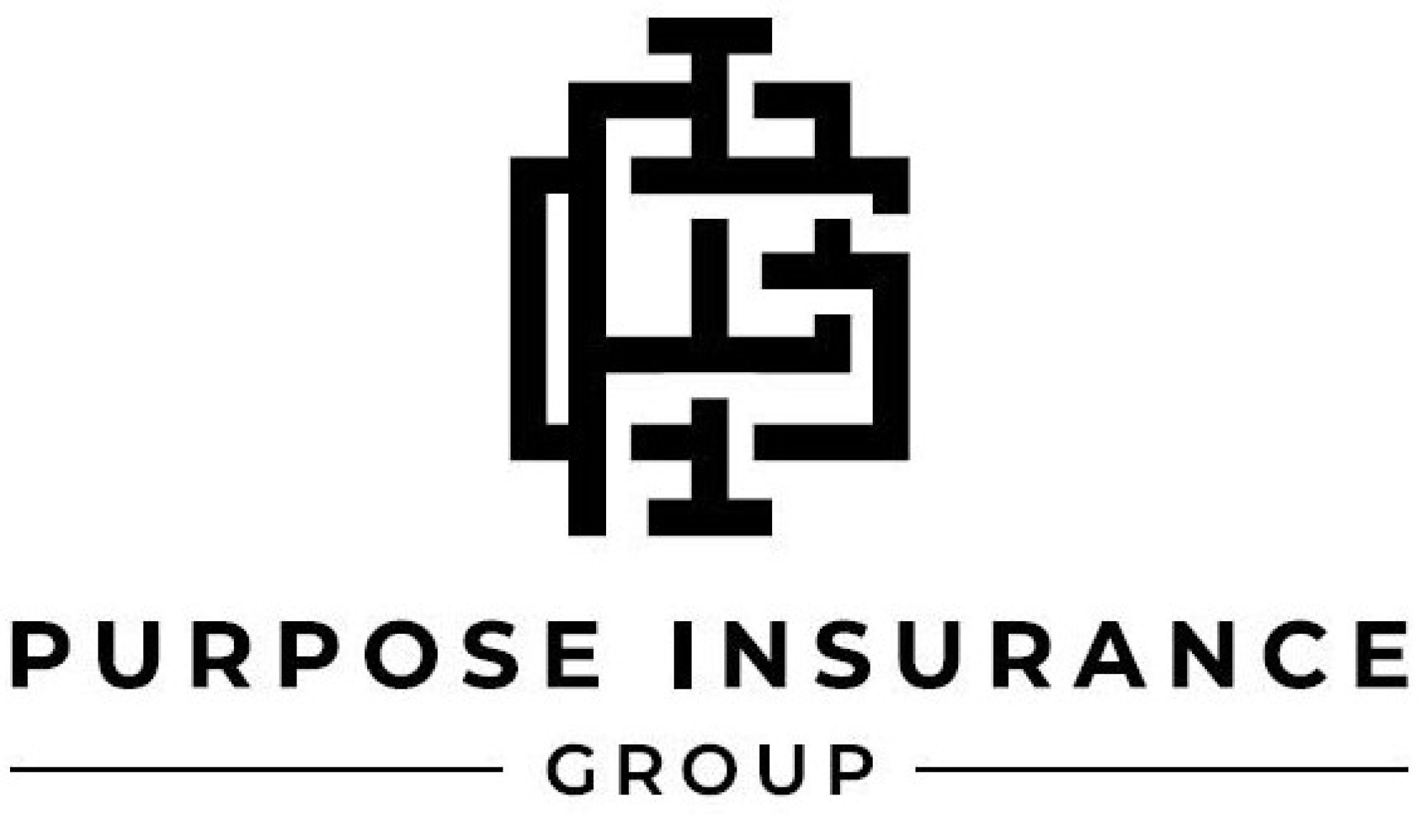About Pacific Prime
Wiki Article
More About Pacific Prime
Table of ContentsExcitement About Pacific PrimeNot known Details About Pacific Prime Not known Facts About Pacific PrimePacific Prime - Truths
In the majority of states, the insurance firm is required to send you a copy of the adjustments to your plan. It is necessary that you review Recommendations or Cyclists so you understand exactly how your plan has transformed and if the policy is still sufficient to fulfill your demands. To obtain a duplicate of your insurance coverage, please contact your insurance policy agent or business.
The Institute of Medicine (IOM) Committee on the Repercussions of Uninsurance launches an extensive exam of proof that addresses the significance of health and wellness insurance policy protection with the magazine of this record. Insurance coverage Issues is the first in a series of 6 records that will certainly be provided over the following two years recording the truth and repercussions of having an estimated 40 million individuals in the USA without medical insurance coverage.

The Buzz on Pacific Prime
The objective of this series of studies is to redouble plan attention on a historical issue. Adhering to the longest economic growth in American background, in 1999, an estimated one out of every six Americans32 million adults under the age of 65 and greater than 10 million childrenremains without insurance (Mills, 2000).
10 percent of the population accounts for 70 percent of healthcare expenses, a relationship that has stayed consistent over the previous 3 years (Berk and Monheit, 2001) - group insurance plans. Thus wellness insurance continues to offer the function of spreading danger even as it increasingly finances routine care. From the perspective of health care carriers, insurance coverage lugged by their clients helps secure a profits stream, and communities benefit from economically feasible and secure wellness care experts and organizations
Federal government supplies wellness insurance coverage to populaces whom the private market may not serve efficiently, such as handicapped and seniors, and populaces whose access to healthcare is socially valued, such as kids and expecting women. The best ends of medical insurance protection for the private and areas, consisting of workplace areas of staff members and employers, are enhanced health and wellness results and lifestyle.
The 4-Minute Rule for Pacific Prime
Staff members place health insurance coverage first without a doubt in relevance amongst all the benefits offered in the work environment (Salisbury, 2001). Although there have actually been large investments of personal and public funds to provide medical insurance, lots of people still have no coverage. In spite of extensive reporting of study findings and health and wellness treatment study results, the public stays baffled and mistaken regarding Americans without medical insurance and the ramifications of lacking protection.
Without concern, the complexity of American wellness care financing devices and the wide range of resources of information contribute to the public's confusion and apprehension about health and wellness insurance statistics and their interpretation. This record and those that will adhere to objective to boil down and offer in conveniently reasonable terms the comprehensive research that births on concerns of medical insurance protection and its relevance.
Fifty-seven percent of Americans polled in 1999 believed that those without health insurance coverage are "able to get the treatment they require from medical professionals and medical facilities" (Blendon et al., 1999, p. 207). In 1993, when nationwide interest was concentrated on the issues of the uninsured and on pending health and wellness care regulations, just 43 percent of those surveyed held this belief (Blendon et al., 1999).

They additionally receive fewer preventative solutions and are much less likely to have normal look after chronic conditions such as hypertension and diabetic issues. Persistent diseases can bring about costly and disabling difficulties if they are not well taken care of (Lurie et al., 1984; Lurie et al., 1986; Ayanian et al., 2000). One nationwide survey asked even more than 3,400 adults about 15 very severe or morbid conditions.
A Biased View of Pacific Prime
Extra proof exists later on in this chapter in the discussion of insurance and accessibility to health and wellness treatment. https://hub.docker.com/u/pacificpr1me. People without medical insurance are young and healthy and balanced and choose to go without coverage. Nearly half (43 percent) of those surveyed in 2000 thought that people without medical insurance are more probable to have illness than people with insuranceVoters and plan makers in emphasis group conversations characterize those without insurance coverage as young individuals who have the possibility to be covered and feel they do not need it (Doorperson Novelli, 2001). Contrasted to those with at least some personal coverage, the uninsured are less likely to report being in outstanding or very great health (Company for Health Care Research and Top Quality, 2001).
RESOURCE: Center for Cost and Funding Researches, Agency for Healthcare Research Study and Top quality, based on MEPS data. Young adults between 19 and 34 are much more likely to lack wellness insurance than any type of other age team. This is primarily because they are less typically qualified for employment-based insurance coverage because of the nature of their work or their short tenure in it.
The understanding that individuals without insurance policy have better-than-average health follows from puzzling the fairly young age account of the without insurance with link the far better wellness, typically, of more youthful persons. This obscures the web link in between wellness status and health insurance. For those without access to office medical insurance, bad health and wellness is a possible barrier to buying nongroup insurance coverage due to the fact that such insurance coverage might be extremely priced, exclude pre-existing problems, or be simply unavailable.
Report this wiki page